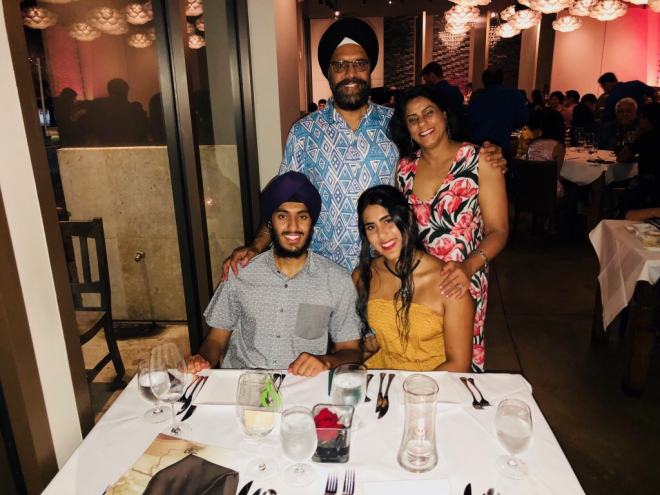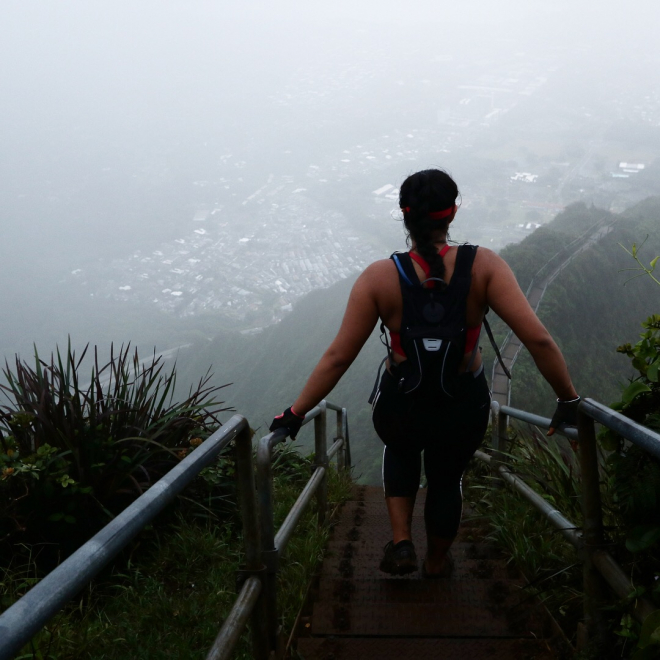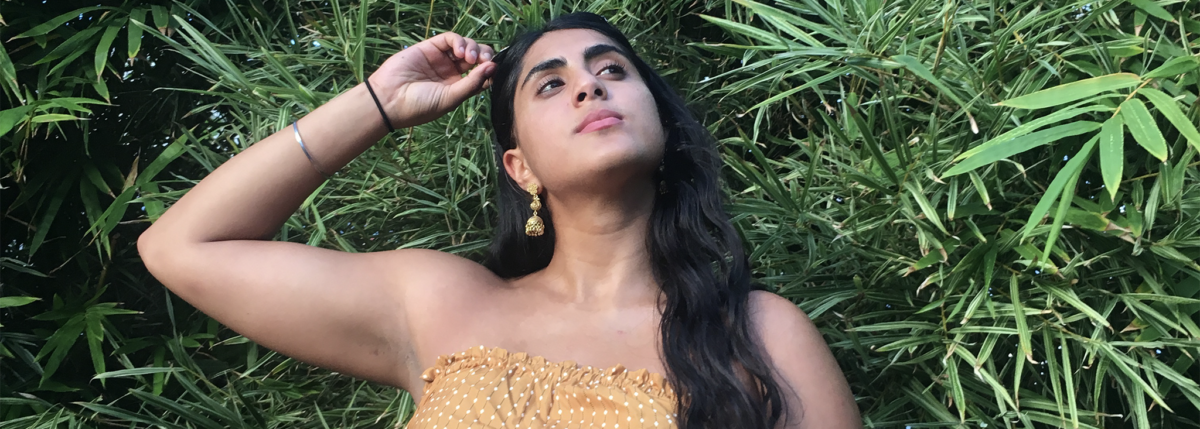Becoming Whole Again: Type 1, Technology + Resilience
It’s complicated
As a person with type 1 diabetes and celiac of 18 years, I am a walking biology experiment. Constantly manipulating variables has long been second nature as I optimize the amounts of insulin, exercise and food with internal and external parameters, like temperature, anxiety and, on my rougher days, gluten contamination. I have become a mathematical wizard over the years: record-keeping and chasing that ever-elusive narrow band of ideal blood glucose levels. My partners in this continuous balancing act are my insulin pump and glucose monitors; these devices are quite literally my lifelines.
Every day, my fingers fly effortlessly across my pump, calibrating it with a freshly measured blood sugar, knowing exactly how fast the numbers increase and exactly how long it takes to hit my target. The device is now an extension of my body.
This is the story of someone with type 1 diabetes. My story, your story, the story of so many of us who share this disease. A story of measurement and calculations, of learning to think like a pancreas, and of knowing our medical devices like we know our bodies. It’s one of needles and tubing, of scar tissue and calluses on the tips of our fingers, our favorite pricking points. This story is 24/7, 365 days a year—no days off.
And this story and the experiences of type 1 diabetes are integral to each of us. For many of us, these experiences are a central part of our larger narrative. I see type 1 diabetes as the seed, and the stories of our lives and the people who share our journey as the soil in which the seed grows. And what blooms becomes our beautiful, nuanced and complicated narratives.
My personal narrative is compounded by language, culture and community. It is woven by my people, who have taught me resilience. It is the legacy of the ancestors whose shoulders I stand upon.
Where I come from
I am not just a person with type 1 diabetes. I am the child of immigrants whose food was never in the carb counting books, the product of parents who created our own journal of nutrition facts, rich with recipes passed down and across continents and borders over decades. These parents also never missed four years-worth of varsity field hockey games, equipped with glucose tablets and enough Gatorade for the whole team.

I am the granddaughter who did not know how to translate the words “carbohydrate,” or “blood sugar.” But I am also the granddaughter of doting grandparents who somehow, in between slicing my after-school apples and driving me to and from soccer practice, found ways to understand.
I am the celiac who could no longer eat karah parshad, the rich wheat-based offering distributed after every Sunday morning service at our Gurudwara, or Sikh temple. I am the older sister of a giddy little boy who then got double the buttery helping.
I am the young scholar who upon starting undergrad, learned that the pace of life as a college student had different demands that I had to learn to navigate. Amidst the new norms of late nights and communal living, the learning curve was steep. And I am also the fierce advocate who found ways to apply for academic accommodations and knocked on dozens of doors, eventually finding the institutional support I needed.
My narrative is full of complications and contradictions. It is one of countless different intersections, all in play simultaneously. In piecing together my narrative, I created a multi-media digital zine based on my experiences with type 1 diabetes and celiac. This work is the product of my years of experiences with chronic health conditions, particularly in learning to honor the nuances of my experiences and the intersections of my many identities. Throughout creating this zine, I focused a lot on my journey towards self-love, and finding strength in my story and my struggles.
What I know
I believe that we all carry the power to create knowledge and art and that creating can be an invaluable tool in our healing journeys. I see creating as a means of connecting with our inner selves—it is a path to self-reflection, to understanding ourselves and embracing vulnerability. For me, creating is an integral part of my growth and healing processes, of learning to find beauty in my hardships and my journey to my full self. Creating my zine was the culmination of my journey thus far to love and appreciate my body and this path for all it has taught me.
I chose the format of a multi-media zine (pronounced “zeen”) because I felt that the fluidity of the form allowed me to incorporate the many facets of my journey. Zines are small-circulation publications that serve as vehicles for ideas, expression and art. Zines have a history of circulating content created by marginalized peoples for their own communities, with roots in antiracist, feminist work and in LGBTQ+ communities and communities of color.
In using the format of a zine, I was able to include pieces of my mental journey and the many lessons I have learned, as well as some beautiful art and poetry that spoke to me—created by many incredible artists and queer/trans people of color with diabetes.
In my equation for health, I have learned that there is science, and complementary to this, there is determination. Over 60 times a day, my insulin pump buzzes with a grueling reminder that attention and action are required 24/7. And over 60 times a day, I am reminded that I live in a time where what nature has left unfinished, technology and resilience can collaborate to make whole again.
Check out Guneet’s zine here.
Check out another piece about resilience and type 1—On Falling in Love + Climbing Mountains with Diabetes.





